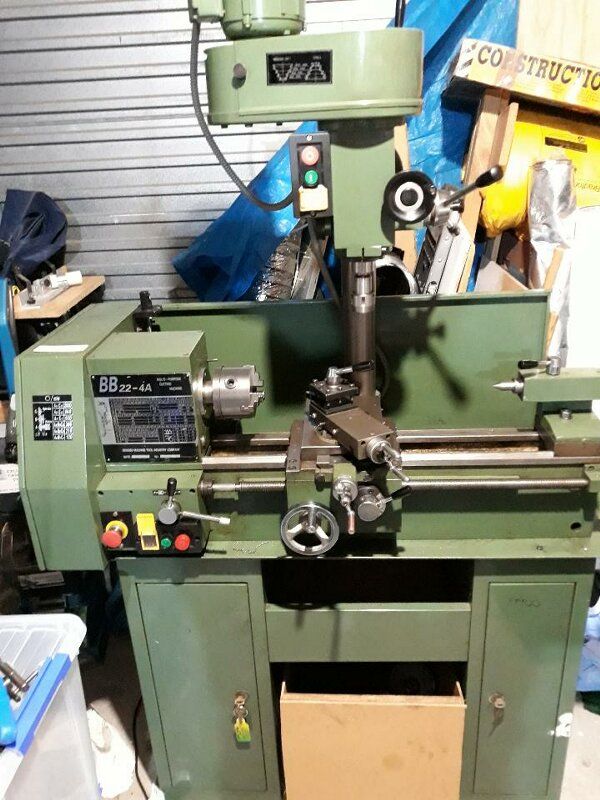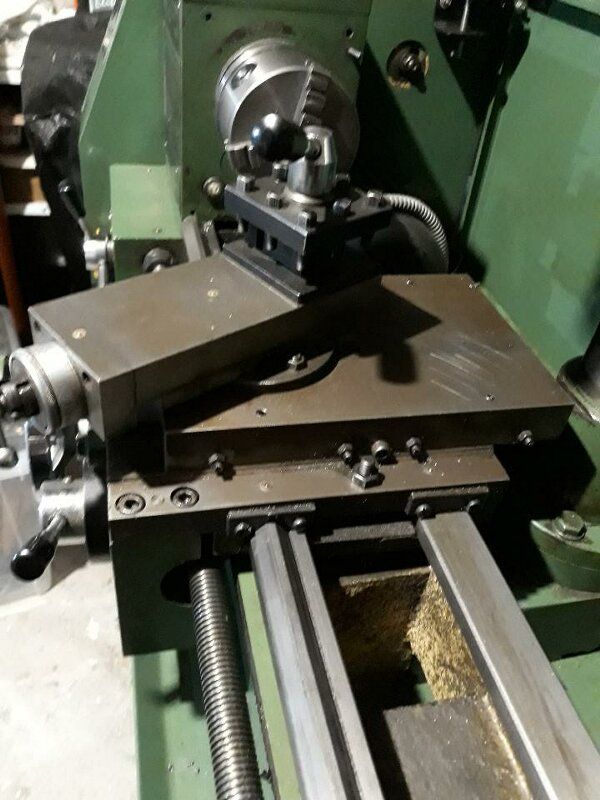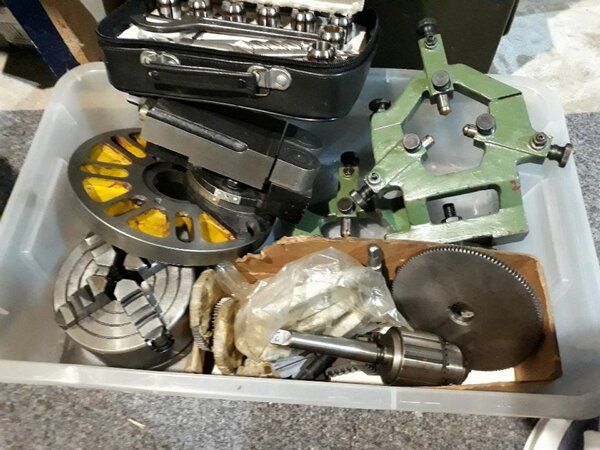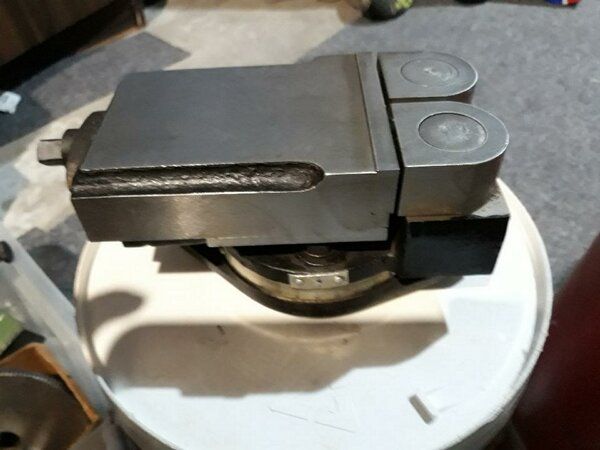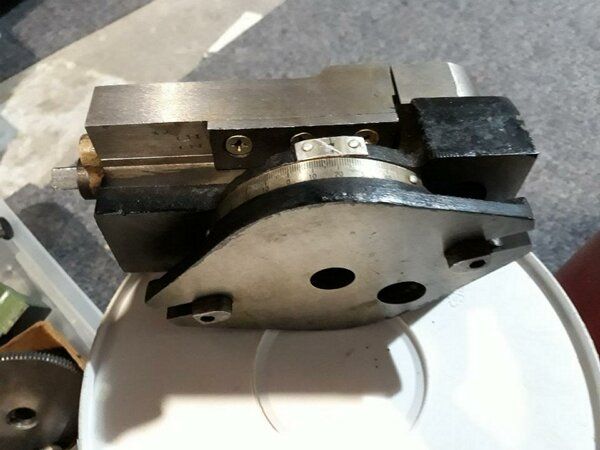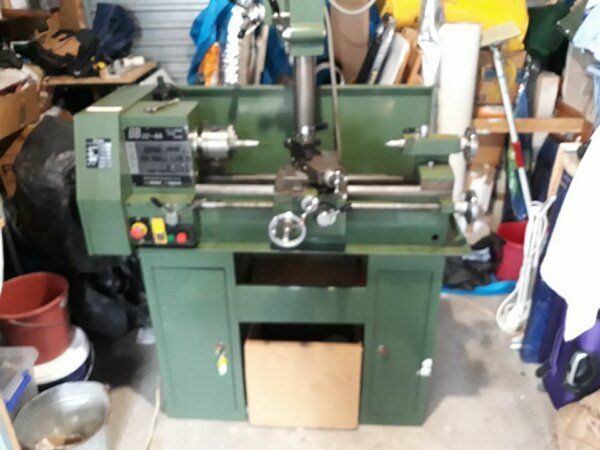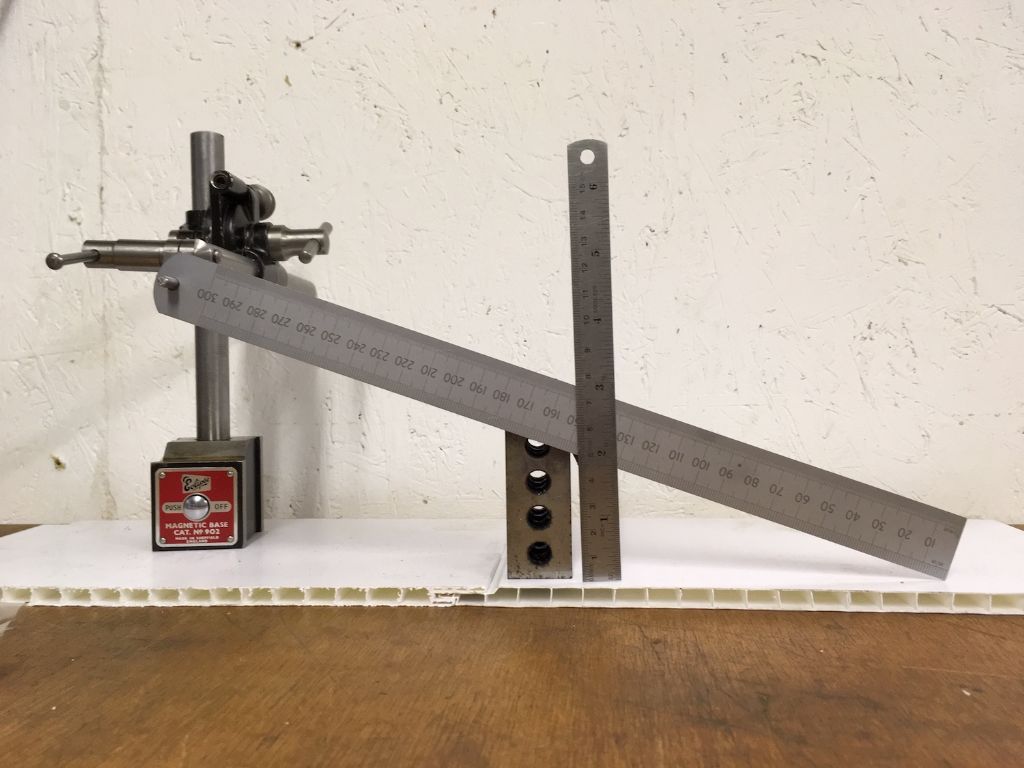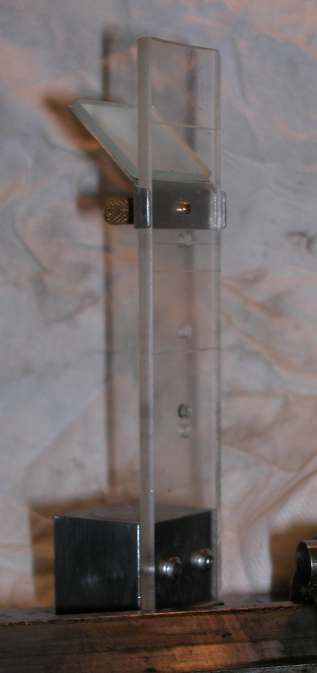Posted by Owen S on 28/04/2019 11:13:21:
Sorry I don't know what " hand wheel on the lead screw – far RDS of the machine" means.
Looks like posting gremilns got in on the act. "far RDS" should have been far RHS ie at the right hand end of the lathe. Such a handwheel would carry graduations, either directly or on an adjustable collar, like those on teh cross and top slide handles. So when the half nuts are engaged the saddle can be moved by known amounts to make cuts.
Broken hacksaw blades with the teeth ground off are another good source of shim material. You can also get colour coded plastic shim sheet sets.
Back when I started normal practice was to set tool tip height by testing on the machine, adding and subtracting shims as required. These days I'd arrange something to measure the actual tip height on the bench and put the appropriate thickness of shims in. Probably more ways of doing the measurement than there are folk to do it. Proper way is a dial test indicator on its stand with an "elephants foot" relatively large diameter flat on the end instead of teh usual small ball probe. But that gets expensive.
Quick, dirty and cheap is to pivot a ruler via the hole in its end and measure the height of the far end against another ruler. If you use a 6" ruler and put the tool tip at the 5" graduation the movement at the end will be 5 x that at the tip. Easy enough to estimate to 0.25 mm or so. Call it 0.1 mm at the tip which is probably goo enough. In practice if you fiddle about to get the set up so the pivoting ruler is dead level at the correct tip height and dead on a graduation line on the other ruler you can do better. This picture shows the idea, albeit for a slightly different purpose as a bevel protractor substitute.

If you are using insert tooling doing your measurements once and relying on the inserts being made the same size should be good enough.
If you are grinding your own its not a bad idea to have a tool tip height gauge to verify that things are correct when installed. Many many different designs. I like the optical type as its simple to make accurately and, if fitted with a mirror at 45°, can be used at some distance from the tool tip. Very handy when a job gets in the way. Basically a thick sheet of perspex or similar transparent material held vertically on a base with a line scribed on both sides at centre height. When tool tip and both lines align its on centre. I put two sets of lines on mine. One for the base on the lathe bed and one for on the cross slide. Mine is too thin really. Only 6 mm thick. 8 or 10 would have been better. But it was what I had and works OK.
Clive
Howard Lewis.


